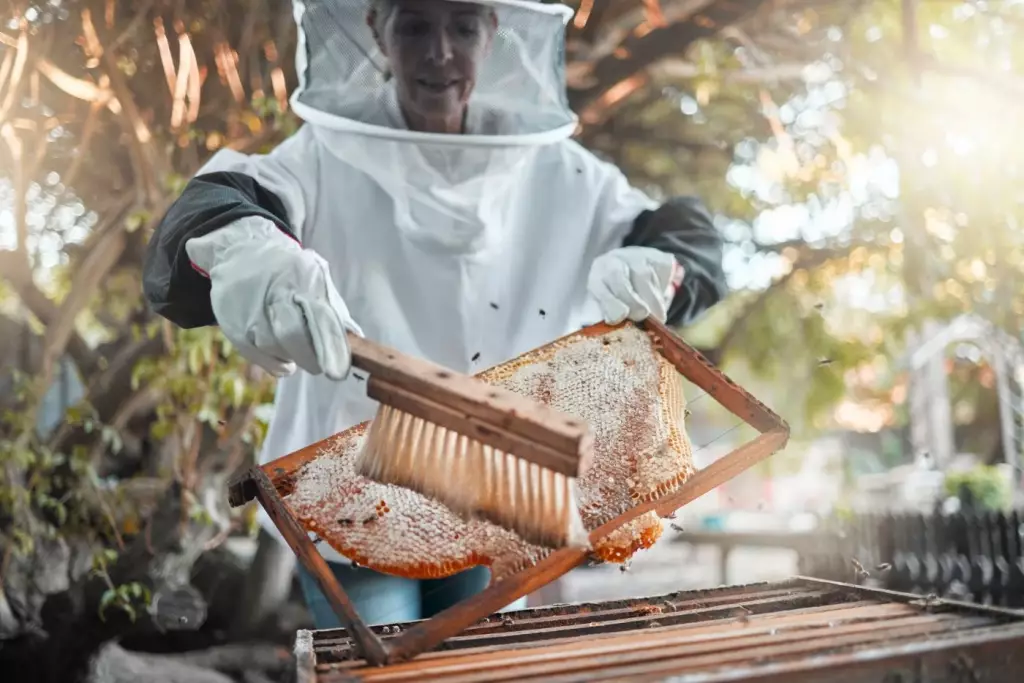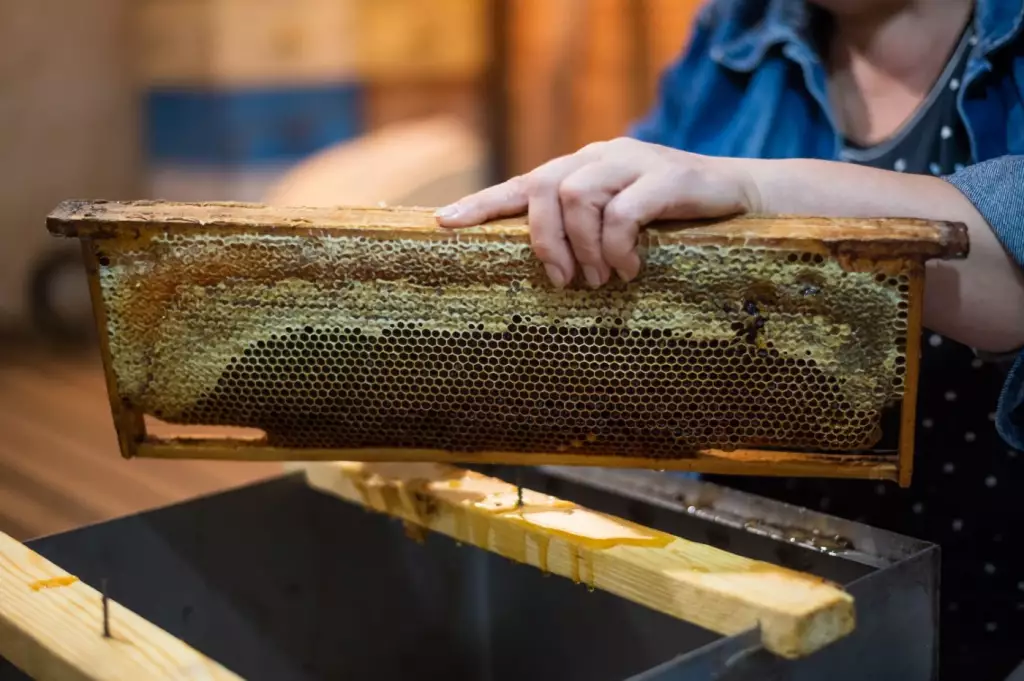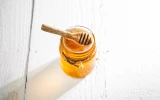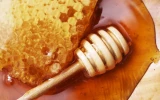How To Separate Honey from Wax At Home Successfully
One of the best things about running a small bee farm operation at home is that you rarely need modern equipment. If you want to separate honey from wax, you can do it using simple tools that you can buy online, in the groceries, or local beekeeping supply store.
You can separate honey from wax using various methods like crushing and straining, heating and straining, melting and straining, and centrifugal force using a mechanical or electrical extractor. Each of these methods has its pros and cons and requires various tools.
Separating honey and wax at home requires a bit of work, especially if you're doing it alone. But, with the proper techniques and tools, you can do it quickly and easily. This article's step-by-step guide will walk you through the different methods for separating wax and honey.
Summary
- You can try four methods to separate honey from wax at home. All of these methods mostly require simple tools and equipment.
- If you don't want to pasteurize the honey while using the melting and straining method, ensure that the broiler's temperature does not go over 110°F.
- Using the centrifugal force method, you can use either a mechanical or electrical extractor.

On this page:
How to Separate Honey from Wax
Separating honey from wax is important because raw honey contains impurities and debris that can affect the quality and flavor of honey. Below are common ways to extract honey from the wax:
1. Crushing and straining
The honeycomb is crushed, mixing the wax and honey. Then, the mixture is strained to separate the wax from the honey.
2. Heating and straining
Heating the honeycomb melts the wax, allowing the honey to be poured off. You then strain it to remove any remaining wax particles.
3. Melting and straining
The comb is melted in hot water or a double boiler. The honey is skimmed off and then strained to remove any remaining wax particles.
4. Centrifugal force
A honey extractor spins the honeycomb frames at high speeds, using centrifugal force to separate the honey from the wax.
Furthermore, you can also use two or more methods to extract more honey. For example, some beekeepers use the centrifugal force method first. Then, they collect the wax and heat and strain them.
Equipment You Will Need to Separate Honey from Wax
To successfully separate honey from wax, you will need the following items:
- Bee suit
- Smoker
- Bee brush
- Beehive tool
- Wooden spatula
- Strainer or Cheesecloth
- Large pot
- Uncapping knife and fork
- Food-grade tub or pail
- Double boiler (optional)
- Food thermometer (optional)
- A mechanical or electrical honey extractor (optional)
Step-by-Step Guide for Removing Honey from Wax
Getting the Honey Frames From The Apiary
- Put on your bee suit to protect yourself from bee stings.
- Head to your bee box and light the bee smoker near the hive. The smoke will help the bees calm down and be less aggressive.
- Pick out the frames covered mostly by capped wax. Remove the frames using the hive tool, which helps pry them. Leave a few frames in the bee's box, so they still have enough food. Transfer the frames with harvestable honey inside your home.
- Place the honey frames in a large tub. Then, use an uncapping knife or fork to slice off or remove the wax caps from the honeycomb cells.
You can also use a bee brush if you don't have these tools.

Now, we'll discuss the different methods of removing honey from the wax and how to perform them.
Crushing and Straining
The heating and straining method is a quick and efficient way to separate wax and honey. This process involves crushing the honeycomb to release the honey and then straining the mixture through a fine mesh to remove the wax.
To begin, you will need a few tools, including a wooden spatula, a strainer, and cheesecloth. You can purchase these items online or at a local beekeeping supply store.
- Start by using the wooden spatula to crush the honeycomb. This will release the honey and wax.
- Once the honeycomb is crushed, strain the mixture through a fine mesh strainer. This method will remove larger pieces of wax and debris, leaving you with a honey-wax mixture.
- Next, you must strain the mixture through a cheesecloth. This will remove any remaining wax and debris, leaving you pure honey. Squeeze the cheesecloth to remove as much honey as possible. Repeat this step if necessary.
- Finally, transfer the honey to an airtight container and store it in a cool, dark place.
Heating and Straining
This method involves heating the honeycomb to melt the wax and then straining the mixture to remove the wax.
Prepare a large pot, a strainer, and some cheesecloth.
- Fill the pot with water and bring it to a boil.
- After the water boils, place the honeycomb in the pot and let it simmer for a few minutes. The heat will melt the wax, releasing it from the honeycomb. Be careful not to overheat the mixture, as it can affect the quality of the honey.
- When the wax melts, remove the pot from the heat and let it cool for a few minutes. Next, strain the mixture through a fine mesh strainer. It will remove larger pieces of wax and debris, leaving you with a honey-wax mixture.
- Squeeze the cheesecloth to remove as much honey as possible.
Melting and Straining
This method involves melting the wax using heat and then straining the mixture to remove the wax. Melting the wax is preferable because you can get honey without pasteurizing it.
Prepare a double boiler, a strainer, a food thermometer, and cheesecloth. If you can avail of a temperature controller, you can use it instead of the food thermometer.
- Fill the double broiler's bottom pot with water. Bring it to a boil.
- Once the water is boiling, place the honeycomb in the top pot of the boiler. The heat from the boiling water will melt the wax, releasing it from the honeycomb.
- Use a food thermometer or temperature controller to ensure the temperature doesn't go above 110°F.
- Once the wax is melted, remove the pot from the heat. Then, let it cool for a few minutes.
- Strain the mixture through a cheesecloth. This removes any remaining wax and debris, leaving you raw honey.

Centrifugal Force
The centrifugal force method is more expensive. It uses a centrifuge machine that spins the honeycomb at high speeds, forcing the honey to separate from the wax.
- Start by placing the honeycomb in the centrifuge and turn it on if it's electrical. You have to spin it manually through a handle if it's mechanical. The centrifuge will spin the honeycomb at high speeds, forcing the honey to separate from the wax.
- After a few minutes, it will push the wax to the outer edges of the centrifuge while the honey settles in the center.
- Next, strain the honey through a fine mesh strainer to remove debris.
- Finally, strain the mixture through a cheesecloth to remove the wax and debris. Transfer the honey to an airtight container and store it in a cool, dark place.
The Easiest Separation Method
The crushing and straining method is the easiest way to separate honey from the wax. It requires minimal equipment and can be done with basic tools that are readily available. Meanwhile, the heating and straining method is a close second.
These two methods are also less expensive than the centrifugal force method, which uses specialized equipment.



